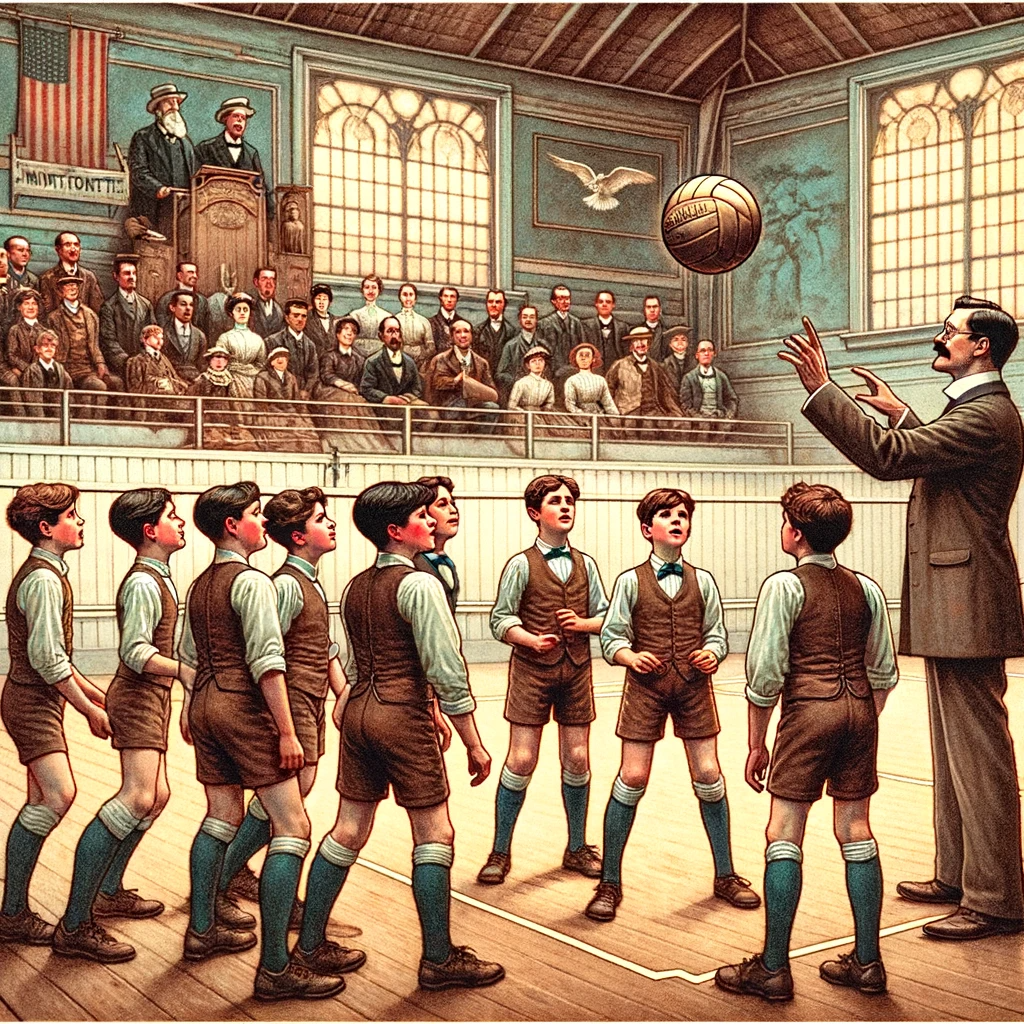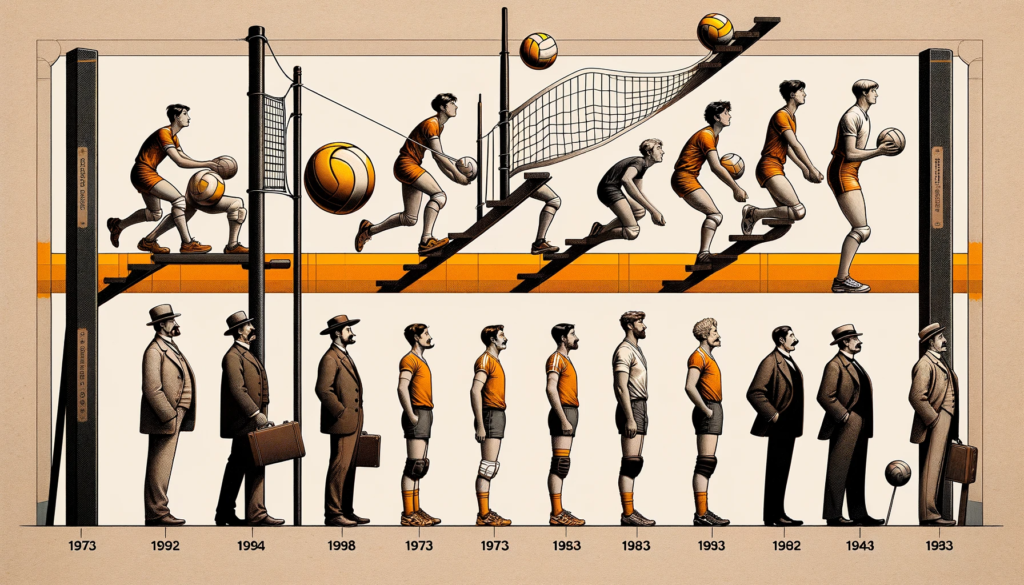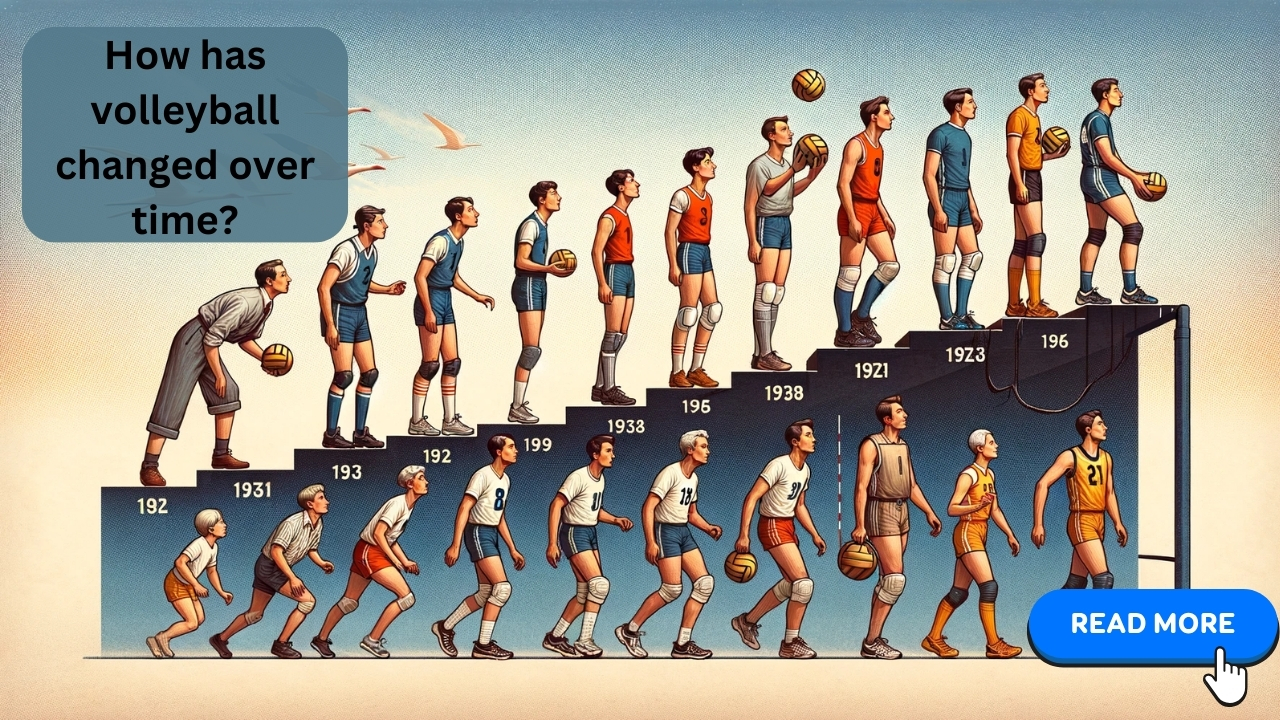Introduction: The Serve into History
Have you ever wondered how volleyball, a sport watched and played by over 800 million people worldwide, evolved into what it is today? From its creation in the gymnasiums of Springfield College to the glittering courts of the Olympic Games, volleyball’s journey is a fascinating story of innovation, inclusion, and international appeal.
The Birth of Volleyball: William G. Morgan’s Legacy

It all began in 1895 when William G. Morgan, a physical education director at Springfield College, introduced a new game he called ‘Mintonette’. Volleyball originally was intended as a less strenuous alternative to basketball for older members of his YMCA. This nascent version of the game was played with a slow-moving ball and a high net, a stark contrast to the high-energy sport we know today.
Evolution of Rules: From Mintonette to Modern Volleyball
Early Rule Changes
- The Ball Hit the Net Rule: Initially, the ball hitting the net was considered a foul. This changed, adding a dynamic challenge to the game.
- Row Attack Rules: The introduction of specific attack rules added strategic depth, transforming how volleyball players engaged in offense and defense.

The Federation Internationale de Volleyball (FIVB)
Established in 1947, the FIVB became the sport’s governing body, standardizing the rules of volleyball globally. This pivotal moment led to the sport’s uniformity, paving the way for international competitions like the World Grand Prix and the Grand Champions Cup.
The Rise of International Competitions
Volleyball World Championships
Inaugurated in 1949 for men and 1952 for women, the Volleyball World Championships became a battleground for showcasing global talent and skills.
Olympic Debut
Volleyball’s inclusion in the 1964 Tokyo Olympics was a milestone, elevating it to a global stage. It wasn’t just about winning; it was about Olympic gold medals becoming a symbol of volleyball excellence.

The World Cup and Beach Volleyball
The introduction of the World Cup in 1965 and the emergence of beach volleyball as a popular sport added new dimensions to volleyball. These variations brought diversity and broader appeal, captivating audiences worldwide.
Technological and Tactical Advancements: Keeping Up with the Times
The Role of Media
The advent of television and the internet played a significant role in popularizing volleyball. Broadcasting tournaments like the World Grand Prix allowed millions to watch and learn how to play volleyball, fueling its growth.
Tactical Evolutions
Strategies in volleyball have undergone significant changes. The introduction of complex formations, specialized player roles, and advanced training techniques has elevated the game’s tactical complexity.
Volleyball’s Socio-Cultural Impact
Volleyball has transcended its role as a mere game, becoming a symbol of cultural exchange and unity. The Federation Internationale de Volleyball (FIVB) has been instrumental in promoting volleyball as a tool for social change, highlighting its power to bridge cultural gaps.
Conclusion: Volleyball’s Ongoing Journey
From its humble origins to becoming a game played by 800 million people around the globe, the story of how volleyball has changed over time is not just about a sport but about It is a story about the power of human connection and understanding, of breaking down barriers and creating unity. It is about the power of sport to make a positive difference in the world.
FAQs
Significant changes include the ball hit the net rule, row attack rules, and specialized player roles.
Volleyball, originally created by William G. Morgan in 1895, evolved from a leisure game to a competitive sport.
The Federation Internationale de Volleyball (FIVB) standardized rules, promoting global growth and consistency.
Volleyball earned Olympic status in 1964, elevating its prestige and attracting worldwide attention.
Beach volleyball, introduced in the 1990s, broadened volleyball’s appeal and added a dynamic variant to the sport.




